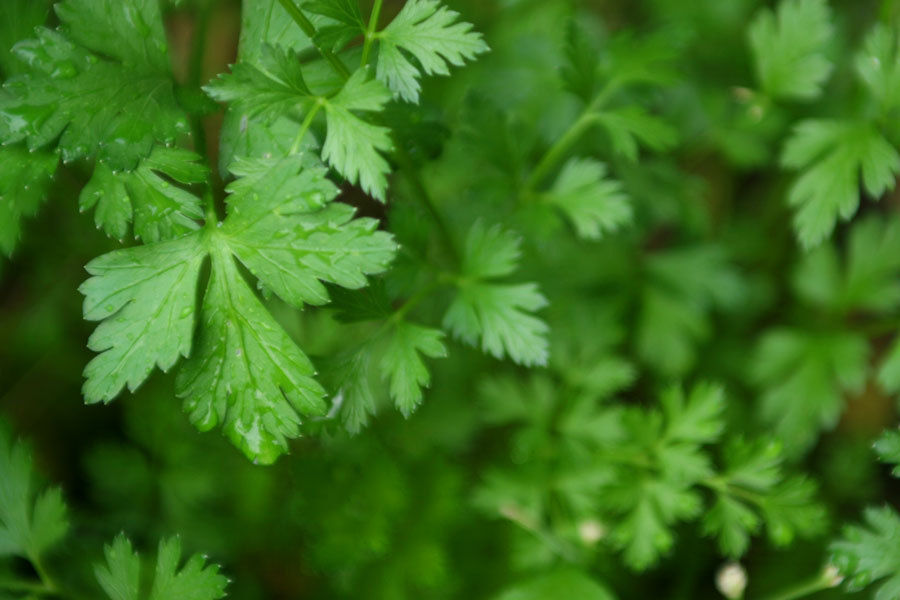top of page

PLANTS BEES LOVE

20170611_112418

20170611_113113

20170611_113231

20170611_113059

20170611_113325

20170611_113506

20170611_113948

20170611_114318

20170611_114604

20170611_114252

20170611_112348

20170611_112355

20170611_112359
Honeybees are very special insects and a necessity to the ecosystem.
They pollinate plants, help grow food for all of us and provide tasty honey for all to enjoy. The health benefits of "raw" honey and pollen is a gift from nature. We need to help the honeybee and other pollinators from becoming extinct. Pesticides appear to play a key role in killing off the honey bee population that leads to '"impairment of honey bee neurological functions, specifically memory, cognition, or behavior." Studies have established a link between chemicals used on crops with colony collapse disorder (CCD). The bees are often exposed to the pesticides when chemically treated plants, such as corn, release pollen into the air. Bees do not pollinate corn, but the corn's pollen makes its way onto flower and other crops, where the bees are exposed.
Today, bees are responsible for one out of every three bites of food you eat and are an agricultural commodity that's been valued at $15 billion annually in the U.S. alone. They are a major workforce with a dogged work ethic — bees from one hive can collect pollen from up to 100,000 flowering plants in a single day, pollinating many of them in the process. Americans wouldn't necessarily starve without them, but our diets would be a lot more bland and a lot less nutritious.
In the past decade, neonicotinoid insecticides have gone from little-known chemical compounds to the most commonly used insecticides in the world. Virtually every genetically modified corn seed and at least a third of soybeans that are planted in this country are coated in these toxins. According to conservative estimates, neonics are used on 100 million acres of American farmland, though the real number is probably much higher. More than 90 percent of corn and soybeans grown in the U.S. are genetically modified; they cover an estimated 89 million and 85 million acres, respectively.
Chemical companies have always faced a conundrum: How do you kill the plants you don't want without killing the ones you do, and how do you kill harmful insects without killing beneficial ones? That neonic insecticides can kill honeybees is not up for debate. If an unlucky bee flies into a cloud of dust kicked up when coated seeds are planted, she'll die on the spot. What is contested, however, is the severity of the effects that might arise from tiny, sublethal exposures to neonics over the course of a worker bee's six-week lifespan as she gathers pollen and nectar that is laced with trace amounts — and what happens when she brings this pollen and nectar back to the hive.
Only about 30 percent of beekeepers agree that neonics are specifically to blame. There is a combination of things that contribute to hive collapses. No one cause can explain the bee die-offs. Since the 1980s, honeybees have been preyed on by a nasty little blood-sucking, disease-spreading mite known as the varroa destructor, and thus have to contend with the miticides beekeepers apply to hives (miticides, mind you, that have the tricky task of killing one bug that literally lives on another).
We need to do our part as beekeepers to create honeybee habitats and a better way of life. Genetically made food crops, chemicals and more will continue to kill off the honeybee and someday may start to effect humans. We need to see the signs and take life a little more seriously. Honeybees are a sign of things going wrong. We cannot continue in this direction. At some point it will start to effect our food, ecosystem and the way we live our lives. Without food, how will we survive?
Become a beekeeper! Join a local beekeeping club and find a mentor. We need your help to keep the honeybees from becoming extinct and hives from collapsing.
bottom of page